There are some better ways of determining if your stamps are valuable or not, other than just looking up things on eBay or online. There are some things to look for.
How Is It Organized?
First of all, if your collection is made up of a bunch of loose stamps in plastic baggies or envelopes, that’s a high likelihood that the collection is just a common, what we call shoebox collection and doesn’t have any significant retail value. You gotta think that if a collector spent a lot of money on a rare stamp or found a rare stamp, they’re not gonna keep it in a shoebox or a Ziploc bag.
They’re going to put it into a stamp album to house and protect that stamp. and also show it off on a nice page layout with other stamps on it. They’re gonna really find value in it and take care of the stamp instead of just throwing it in an envelope full of a bunch of other common stamps or even in a plastic bag.
Are There Certificates Of Authenticity?
The second thing to look out for are certificates. If the stamp collection that you have has certified stamps in it, it’s a good likelihood that those stamps might have some kind of significant value to them because they were sent in for authenticity. And the sender was willing to pay a fee to have that done.
If you come across certificates in your collection, they could be a good sign that there’s some interesting or valuable things in it. The next tip to determine if your collection or stamps might have some value to them is to look at the denomination. If you have older stamps, primarily those from the 1800s, and they’re going to look much older, most people will be able to tell what an older looking stamp is.
They usually have. the same type of artwork and design that you would see on currency like paper money. That’s because a lot of the same designers of those stamps also designed the currency at that time. If you come across stuff that looks engraved, older, like that, like paper money, that’s a good indicator that they’re probably close to maybe 100 years old or more.
Are They High Postage Value Stamps?
The next thing to look out for on those types of stamps is if you have any that are And this is for United States stamps. A dollar denomination or more. That’s because a dollar in the 1800s is equivalent to 30 today. And the post office just did not print that many of those types of stamps. There wasn’t a need to have 30 of postage on things.
Those were usually used for shipping larger items overseas. They printed less of them, which means that there are less of them in existence, less of them that have survived over time, and that’s going to increase the rarity of those stamps and also the value. So if you’ve got any one dollar or higher stamps from the 1800s, that could be a signal that there might be some things in that collection that have some significant value.
Just because something’s old doesn’t mean that it has any value at all. There are plenty of stamps from the 1800s that have zero value. If you have a stamp that is a high value stamp from long, long ago, it could be worth a lot of money. It could be more rare. And lastly, check to see if there are any receipts tucked away in the stamp collection.
Look For Receipts
A lot of stamp collectors will hold onto their receipts showing what they paid for an item. Sometimes they’ll jot it down or note it in their album or on any of the stamp holders. You just need to take a look to see maybe what they might have paid for a stamp. You got to be careful though. Make sure that you don’t confuse what they paid for a stamp with catalog value.
A lot of times a collector will write the catalog value of a stamp next to it in their album. And that is far from what that stamp might be actually worth retail wise. The catalog value is for very fine centered, so very well centered stamps that are in sound condition. And when you look at older stamps, The high probability that it has some kind of fault or some sort of damage to it is high.
Um, the probability that it’s very well centered is, um, also low. Uh, so, um, having a very fine sound stamp is not something you normally come across.
So these are just a few different ways that you might be able to tell if a collection has value.
Trust A Stamp Dealer
If the stamps that you have don’t check off any of these boxes, that doesn’t mean that they’re not valuable. As always, get the opinion of a stamp dealer or a serious collector to help you out in the valuation, but this might at least give you a sense of what the odds might be if you have something worth taking more time to look at or even paying somebody to look at for you.
If you get the opinion from a dealer that what you have has no value and they don’t want to make you an offer or encourage you to send it into them, then it probably is not worth anything.
For the pure fact that dealer is looking to make money and if he sees something valuable that you have that he would like to make some money on, he’s going to try everything he can to have you send that into him or have you sell it to him. So if he really is not interested at all, then you Should really try to take his word for it.
Maybe get a couple opinions from different dealers, but after two of them tell you that it’s not worth anything, you just need to know that, like I said, not everything that’s old is going to be worth a lot of money, and you have to decide whether it’s something you want to hold on to, something you want to learn more about, educate yourself on more, or simply just donate it or give it away.
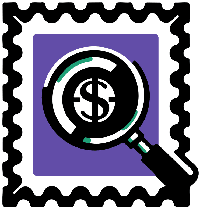


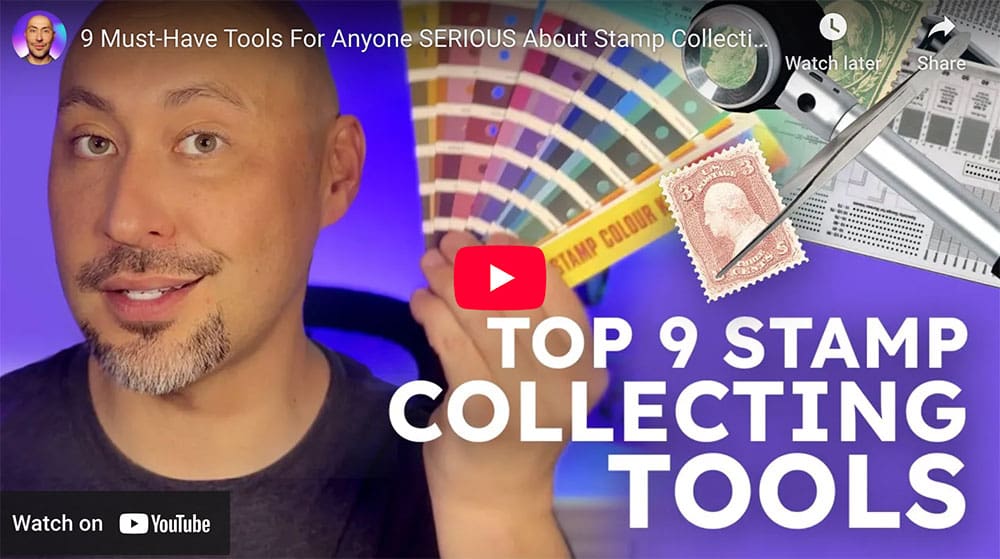
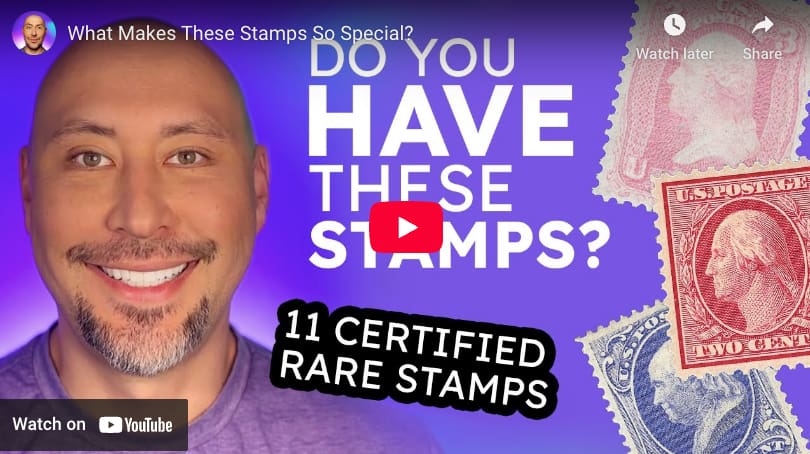
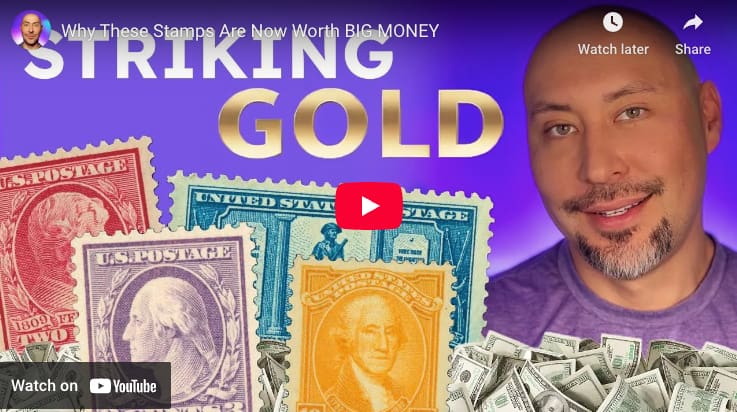
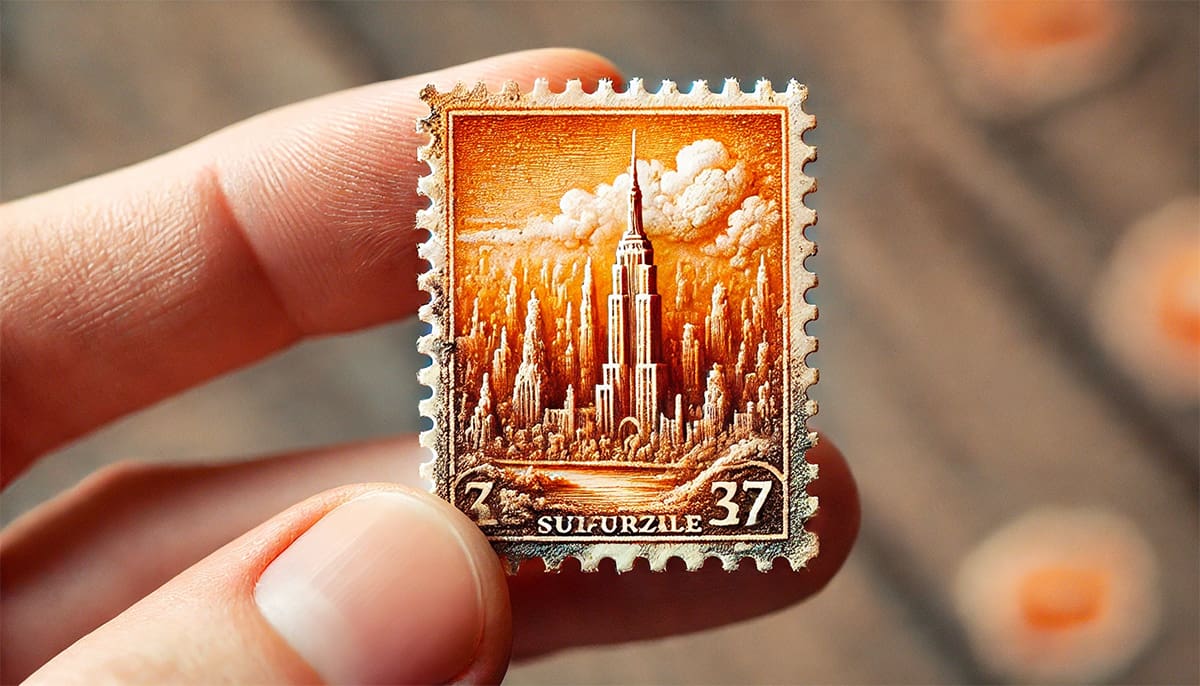

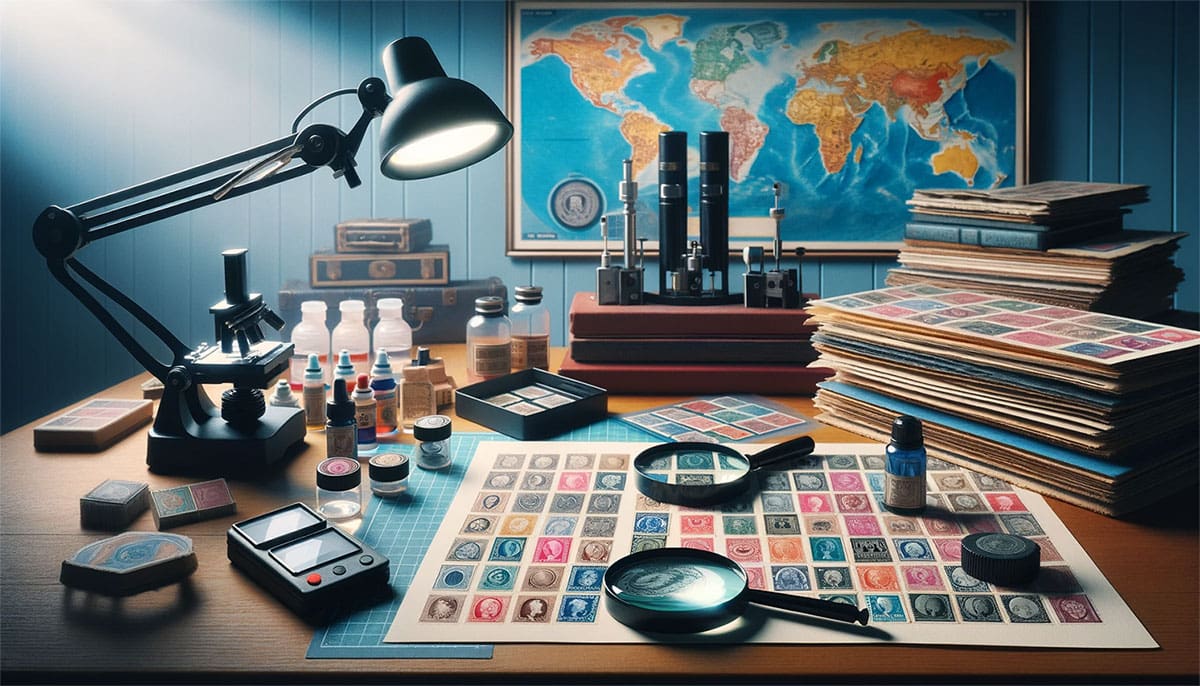

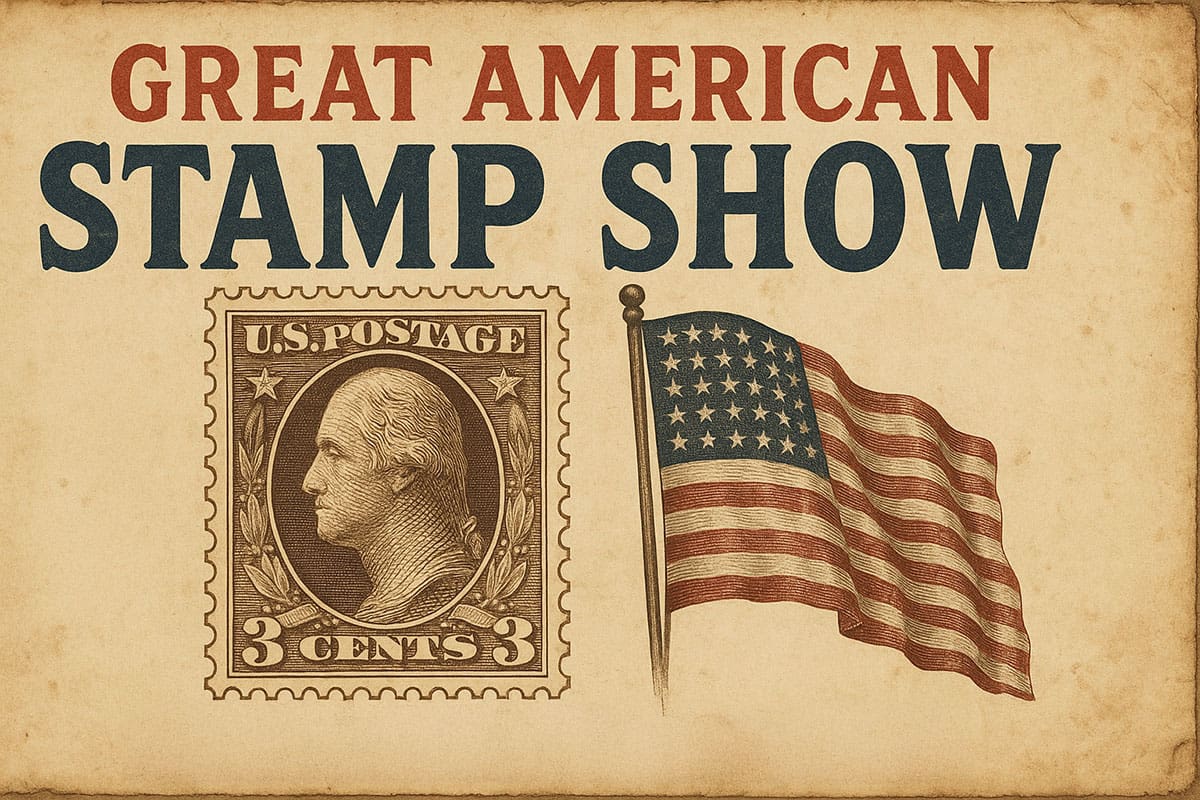

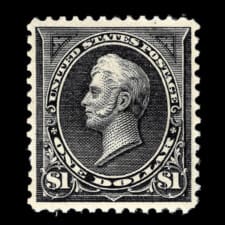
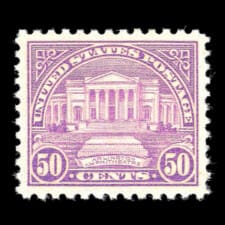
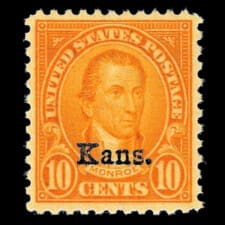
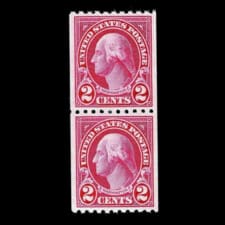

Ask A Question Or Leave A Comment